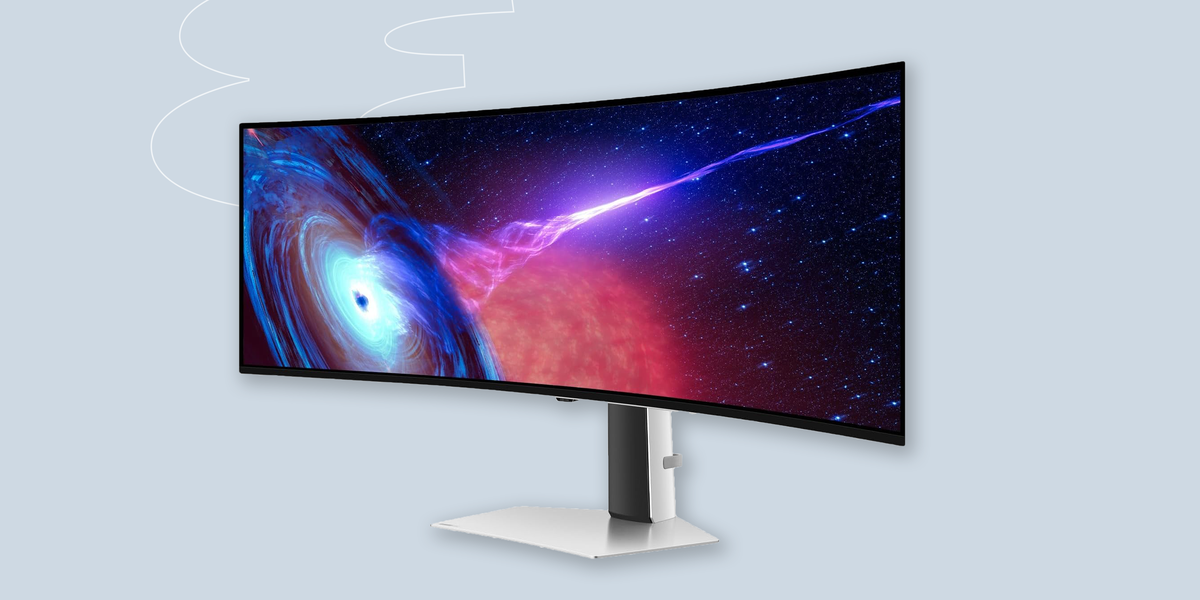When choosing a portable air conditioner for your life, you need to look at a few things. The first is use case. You’ve already figured you need a portable unit as opposed to a window unit, but why is that? Are you trying to take it with you or do you need it for one room in particular? Answering these questions will determine where your focus should be in regards to the following categories.
BTU: British Thermal Units (BTUs) are a measure of how much energy an AC is using—basically how powerful it is. On average, it requires 20 BTUs for each square foot of space a unit is cooling to work properly. You can multiply the required space you need by this number to roughly determine how powerful of an air conditioner you need. The current high-end of portable units is 14,000 BTU, which many of these selections hit.
Decibel Level: A disadvantage of portable AC units is that they can often be loud. Like jet engine in your backyard loud. This is why noise level is something we looked at closely while choosing which portable units to recommend. The closer a decibel number is to zero, the closer it is to complete silence. While absolute zero is out of the question, we loved the LG portable air conditioner for its lower decibel levels, which clocked in at just under 50.
Mobility: The upside of a portable air conditioner is that it’s mobile. Unfortunately, many on the market are not. The conceit of air conditioning makes it difficult for one to work when it’s not hooked up to a window. If you need to move your AC from room-to-room on a daily basis, the hose-in-hose design of the Whynter and Midea make them easy to move. But if you need something truly portable, go with the EcoFlow Wave 2 and never look back.
Read the full article here








